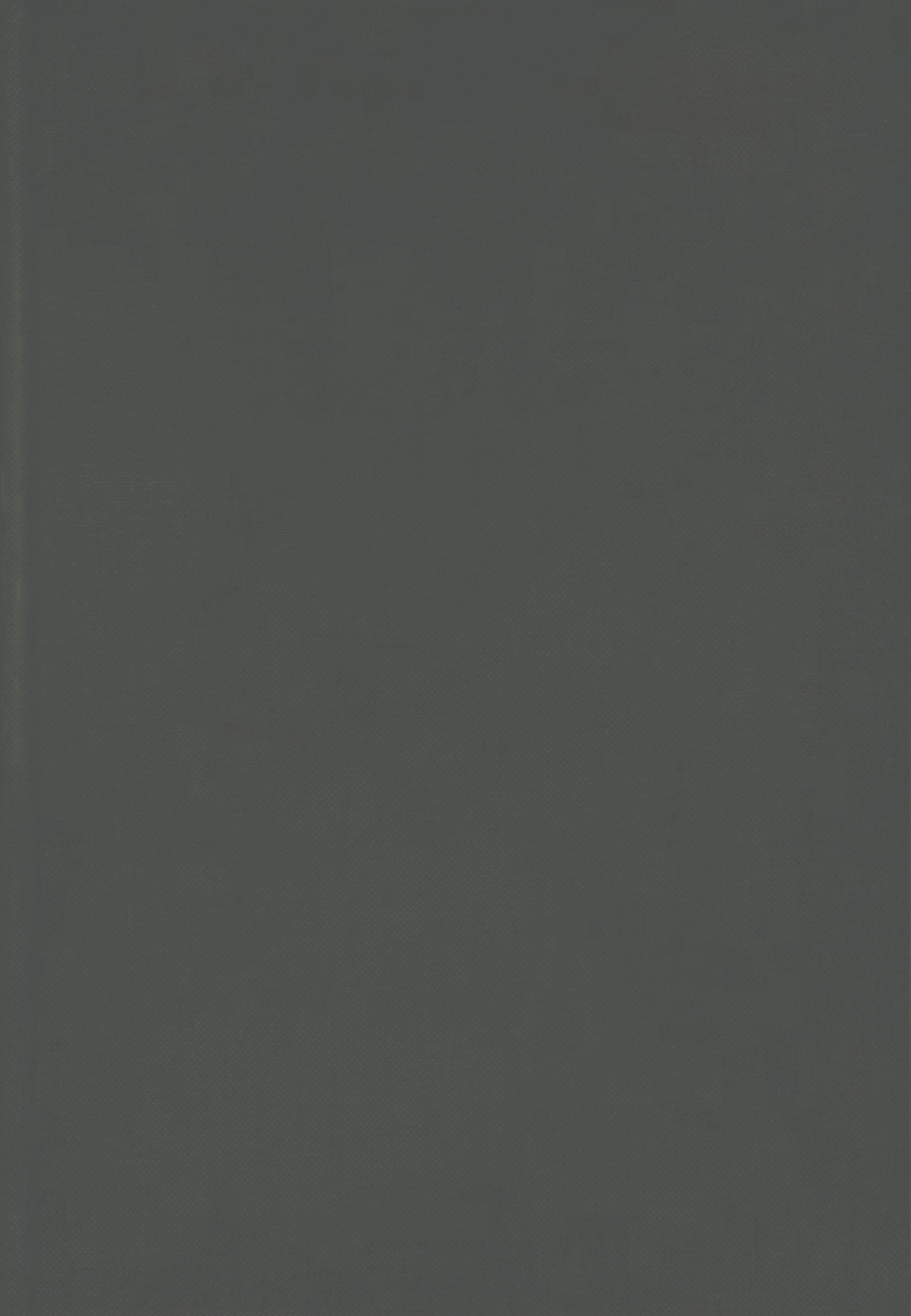








Milan — « Eredità» March 19-22, 2025, Via Tortona 19, Milan
Berlin «WhispersoftheMuses »March 26-30 , 2025, Auguststraße 35, Berlin
19-22 mars 2025
Via Tortona 19, Milan
Après ses expositions à New York, Paris et juste avant Berlin, Fabien
Dettori a le plaisir de présenter, pour la première fois en Italie, son exposition « Héritage », qui se tiendra à Milan du 19 au 22 mars 2025.
À travers cette exposition, l’artiste nous invite à une exploration sensible de l’héritage sous toutes ses formes, qu’il soit matériel ou immatériel. Héritier d’une double filiation artistique – une mère peintre, un père photographe – il fusionne ces deux médiums pour créer des images où lumière et ombre dialoguent, révélant les nuances les plus subtiles de l’âme humaine. Ses œuvres, baignées dans un clairobscur évocateur, font écho à l’héritage des grands maîtres italiens, de Caravaggio à Morandi.
Faisant appel à ses racines sardes, Fabien Dettori nous plonge dans un univers miroitant l’art italien d’un autre temps, laissant place à une douce nostalgie au cœur de son public. L’artiste nourrit ainsi ses créations en puisant dans son propre passé, son propre héritage, sa double culture franco-italienne. Chaque instant capturé dans son œuvre révèle un souvenir, un vécu.
Dans son travail, le nu et la nature morte deviennent des moyens d’interroger la fragilité et la beauté de l’instant. Comme Amedeo Modigliani, Fabien Dettori cherche à épurer la nudité en délestant ses créations de toute trace sociale et temporelle, offrant une vision intemporelle du corps, suspendue entre passé et futur. Ses compositions invitent à une contemplation poétique, où chaque détail, chaque vibration chromatique semble flotter hors du temps, porteur d’une émotion pure.
Plutôt que de figer l’image, l’artiste cherche à saisir l’éphémère, l’invisible, le murmure du souvenir. Pour lui, l’héritage n’est pas seulement un legs matériel, mais une transmission impalpable : celle des émotions, des silences et des mémoires qui traversent les générations. Dans cette exposition, le spectateur est convié à pénétrer un espace où l’émotion devient un héritage à part entière, transcendé par l’expérience intime et sensorielle de l’image.
After his exhibitions in New York, Paris, and just before Berlin, Fabien Dettori is delighted to present, for the first time in Italy, his exhibition Heritage, which will be held in Milan from March 19 to 22, 2025.
Through this exhibition, the artist invites us on a profound exploration of heritage in all its forms, whether material or immaterial. As the heir to a dual artistic lineage his mother a painter, his father a photographer—he merges these two mediums to create images where light and shadow engage in dialogue, revealing the subtlest nuances of the human soul. His works, immersed in evocative chiaroscuro, echo the legacy of the great Italian masters, from Caravaggio to Morandi.
Drawing on his Sardinian roots, Fabien Dettori transports us into a world that mirrors the Italian art of another era, evoking a gentle nostalgia within his audience. The artist nurtures his creations by delving into his own past, his own heritage, his dual Franco-Italian culture. Each captured moment in his work unveils a memory, a lived experience.
In his art, the nude and still life become means to question the fragility and beauty of the fleeting moment. Like Amedeo Modigliani, Fabien Dettori seeks to refine nudity by stripping his creations of any social or temporal markers, offering a timeless vision of the body, suspended between past and future. His compositions invite poetic contemplation, where every detail, every chromatic vibration seems to float beyond time, carrying a pure emotion.
Rather than freezing the image, the artist strives to capture the ephemeral, the invisible, the whisper of memory. For him, heritage is not merely a material legacy but an intangible transmission—the passing down of emotions, silences, and memories that transcend generations. In this exhibition, the viewer is invited to step into a space where emotion itself becomes a form of heritage, elevated through the intimate and sensory experience of the image.
Cette fois-ci, c’est à Milan que cet héritage nous mène. Car où mieux exposer qu’au cœur même de l’héritage de la Renaissance italienne ? La Lombardie, région riche et abondante de culture, d’art et d’Histoire, est une oasis artistique prête à recevoir et accueillir de nouvelles œuvres parmi ses incalculables richesses.
Fabien Dettori aura l’honneur de présenter, lors de son exposition, une belle sélection de créations abordant différents thèmes et techniques. Il mettra en valeur l’héritage de diverses cultures, histoires et artistes : le corps en mouvement tant chéri par Auguste Rodin ; l’élégance et la simplicité des portraits féminins de la Renaissance italienne ; l’art ancestral du Kintsugi, qui trouve ses racines dans le Japon impérial ; la maîtrise des textiles inspirée par le maestro italien Antonio Corradini, qui a gravé dans la pierre, à tout jamais, une rare danse entre le corps et l’étoffe ; et enfin, les fameuses natures mortes qui nous forcent à contempler la force de la terre et du temps…
Nous retrouverons des pièces uniques à base de feuilles d’or, d’acrylique et de Polaroids offrant à ces réalisations un caractère singulier et sans pareil. S’ajoutent à cela des tirages sur papier en coton aux encres pigmentaires, retravaillés par l’artiste afin de leur insuffler une seconde vie au toucher de ses pinceaux.
Reconnu à l’international, Fabien Dettori a vu son œuvre publiée dans de nombreuses publications internationales, affirmant sa place dans la photographie contemporaine. Repoussant sans cesse ses limites, il continue d’innover et d’enrichir son art, captivant un public toujours plus large.
This time, it is in Milan that this heritage leads us. For where better to exhibit than in the very heart of the Italian Renaissance’s legacy? Lombardy, a region rich and abundant in culture, art, and history, is an artistic oasis, ready to welcome new works among its countless treasures.
Fabien Dettori will have the honor of presenting a remarkable selection of creations during his exhibition, exploring various themes and techniques. He will highlight the heritage of diverse cultures, histories, and artists: the moving human form so dearly cherished by Auguste Rodin; the elegance and simplicity of female portraits from the Italian Renaissance; the ancestral art of Kintsugi, rooted in imperial Japan; the mastery of textiles inspired by the Italian maestro Antonio Corradini, who forever engraved in stone a rare dance between the body and fabric; and finally, the iconic stilllifepieces that compel us to contemplate the power of earth and time.
Visitors will discover unique pieces incorporating gold leaf, acrylic, and Polaroids, giving these creations a singular and unparalleled character. Additionally, pigment ink prints on cotton paper, meticulously reworked by the artist, will be displayed—each touched by his brush to breathe new life into the image.
Internationally recognized, Fabien Dettori has had his work published in numerous global publications, cementing his place in contemporary photography. Constantly pushing boundaries, he continues to innovate and enrich his art, captivating an ever-growing audience.
26-30 mars 2025, Auguststraße 35, Berlin
Quatre jours de photographie contemporaine au cœur de Berlin-Mitte – avec vernissage, performances en direct et dégustations de champagne.
Du 26 au 30 mars 2025, l’artiste parisien Fabien Dettori investit la galerie au 35 Auguststraße à Berlin pour sa quatrième exposition personnelle dans la capitale allemande. Intitulée Whispersofthe Muses, cette exposition dévoile une série d’œuvres où le corps féminin et les natures mortes deviennent le théâtre d’un dialogue subtil entre matière et lumière.
Abordant la photographie comme un peintre, Dettori transforme la réalité en compositions qui semblent surgir d’un autre temps. Son travail associe la douceur du clair-obscur à de délicats accents dorés, proposant à la fois des pièces uniques rehaussées de feuilles d’or et des tirages grand format en édition limitée. À travers ces images, il saisit l’essence des formes et des textures, jouant avec l’ombre et la lumière pour révéler la singularité du corps et la présence intemporelle des objets.
Au cœur de son œuvre, une exploration profonde du corps féminin –non pas en tant que figure idéalisée, mais comme un sujet d’une narration intime et nuancée. Il en souligne les singularités, les imperfections délicates, les courbes et les cicatrices, embrassant sa beauté brute et sa force silencieuse. Ses photographies vont au-delà de la simple représentation : elles célèbrent le corps comme un paysage de mémoire, d’émotion et de sensualité, où la lumière en sculpte les contours avec une profondeur quasi sculpturale.
Four days of contemporary photography in the heart of Berlin-Mitte— featuring a vernissage, live performances, and champagne tastings.
From March 26 to 30, 2025, Parisian artist Fabien Dettori takes over the gallery at 35 Auguststraße in Berlin for his fourth solo exhibition in the German capital. Titled WhispersoftheMuses , this exhibition unveils a series of works where the female form and still life become the stage for a subtle dialogue between matter and light.
Approaching photography like a painter, Dettori transforms reality into compositions that seem to emerge from another time. His work blends the softness of chiaroscuro with delicate golden accents, offering both unique pieces enhanced with gold leaf and large-format limited edition prints. Through these images, he captures the essence of forms and textures, playing with shadow and light to reveal the uniqueness of the body and the timeless presence of objects.
At the heart of his work lies a profound exploration of the female body not as an idealized figure, but as the subject of an intimate and nuanced narrative. He highlights its singularities, delicate imperfections, curves, and scars, embracing its raw beauty and silent strength. His photographs go beyond mere representation; they celebrate the body as a landscape of memory, emotion, and sensuality, where light sculpts its contours with an almost sculptural depth.
Pour approfondir la découverte de son univers artistique, un programme d’événements accompagnera l’exposition. Fabien Dettori sera présent tout au long de l’exposition, échangeant avec le public et partageant son approche créative. En point d’orgue, il réalisera deux œuvres uniques en direct, permettant aux visiteurs d’assister à son processus minutieux lors de performances exclusives.
Entre mystère et poésie, WhispersoftheMusesinvite le spectateur à une contemplation intime, où chaque image semble murmurer une histoire silencieuse, suspendue entre le visible et l’invisible.
To further immerse visitors in his artistic universe, a program of events will accompany the exhibition. Fabien Dettori will be present throughout the event, engaging with the public and sharing insights into his creative approach. As a highlight, he will create two unique works live, allowing visitors to witness his meticulous process during exclusive performances.
Between mystery and poetry, WhispersoftheMusesinvites the viewer into an intimate contemplation, where each image seems to whisper a silent story, suspended between the visible and the invisible.
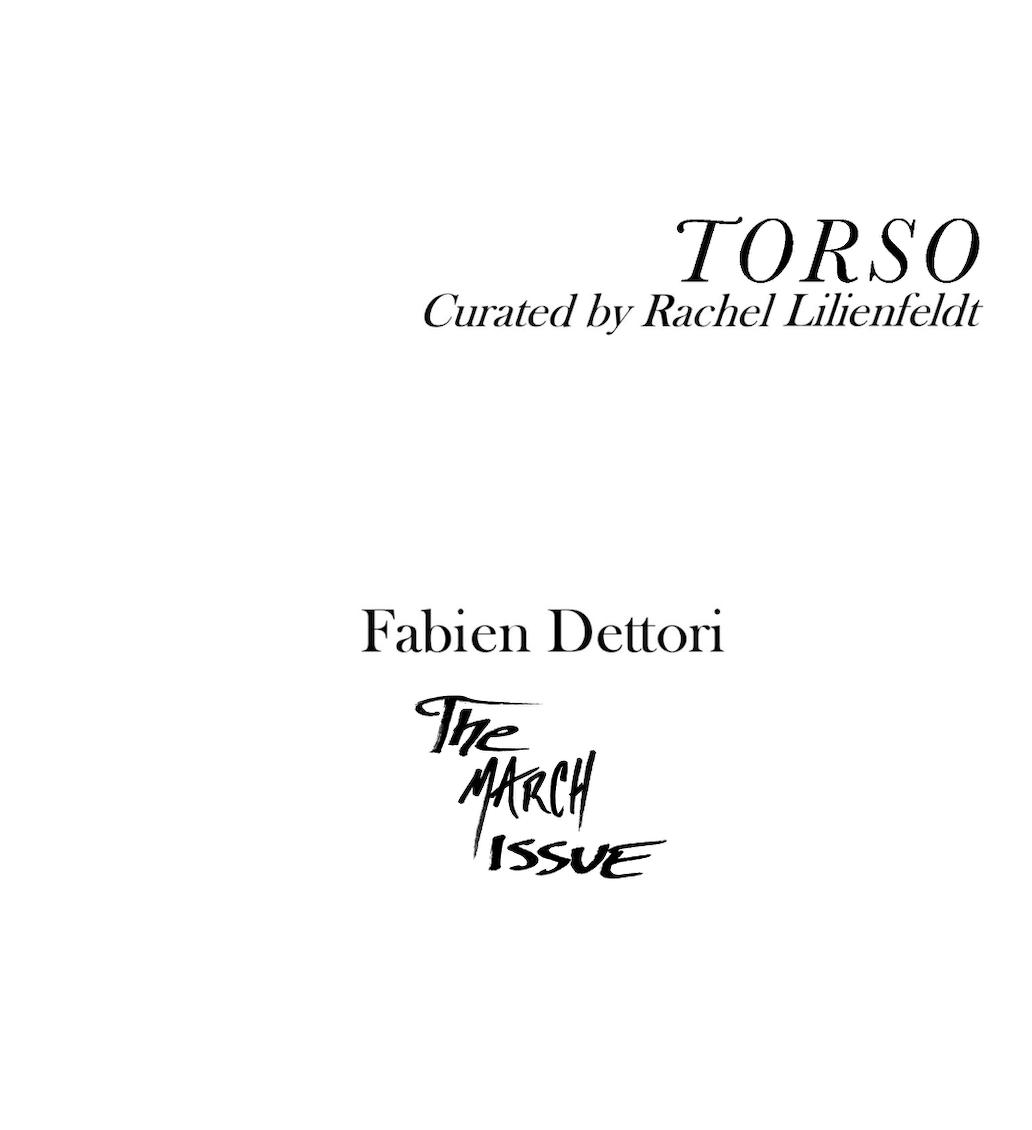
— RachelLilienfeldt
Le torse, élément essentiel du corps humain, occupe une place centrale dans l’histoire de l’art. Isolé du reste du corps, il incarne une tension entre absence et puissance, traversant les époques comme un vestige d’éternité. Loin d’être une mutilation, il devient une œuvre en soi, célébrée aussi bien dans l’Antiquité que dans l’art moderne.
Dans la statuaire grecque, le torse est souvent ce qui demeure après l’usure du temps. Pourtant, même fragmenté, il conserve toute sa force expressive. Les sculpteurs antiques savaient que l’essence du mouvement et de l’émotion résidait dans cette partie du corps : la courbure des muscles, la torsion du buste, la respiration figée dans le marbre. La sculpture hellénistique en particulier sublime cette approche, comme en témoignent le célèbre TorseduBelvédère, généralement daté du Ier siècle av. J.-C., ou le TorseFarnèse, qui illustre également cette fascination pour la puissance du fragment.
Le torse n’est cependant pas seulement une forme sculpturale masculine. La représentation du sein féminin dans l’histoire de l’art s’inscrit dans une réflexion similaire sur le fragment, la puissance et la sensualité. Symbole de maternité, de fertilité ou de séduction, il a été tantôt exalté, tantôt censuré. L’Antiquité grecque et romaine développe un idéal esthétique où la poitrine, bien que souvent couverte, incarne la beauté et l’harmonie, comme en témoigne l’AphroditeCnidiade Praxitèle.
Si la Renaissance cherche à restaurer l’unité du corps en recomposant des figures idéalisées, la modernité célèbre au contraire la force du fragment. Au XXe siècle, Auguste Rodin, maître de la sculpture expressive, fait du torse une œuvre autonome. Avec LeTorsed’Adèle ou L’Hommequimarche , il sublime l’inachevé, laissant parler la matière brute et révélant la puissance condensée du corps. Chez lui, l’absence des membres ou de la tête ne traduit pas un manque, mais une intensité contenue, où la vérité du geste prime sur l’idéal de perfection.
RachelLilienfeldt
The torso, an essential element of the human body, holds a central place in the history of art. Isolated from the rest of the body, it embodies a tension between absence and power, traversing the ages as a remnant of eternity. Far from being a mutilation, it becomes a work of art in itself, celebrated both in antiquity and modern art.
In Greek statuary, the torso is often what remains after the wear of time. Yet, even in its fragmented state, it retains its full expressive force. Ancient sculptors understood that the essence of movement and emotion resided in this part of the body: the curvature of muscles, the twisting of the bust, the breath frozen in marble. Hellenistic sculpture, in particular, elevates this approach, as seen in the famous Belvedere Torso , generally dated to the 1st century BCE, or the FarneseTorso, which also illustrates this fascination with the power of the fragment.
The torso, however, is not solely a masculine sculptural form. The depiction of the female breast in art history follows a similar reflection on the fragment, power, and sensuality. A symbol of maternity, fertility, or seduction, it has been alternately exalted and censored. Greek and Roman antiquity developed an aesthetic ideal in which the chest, though often veiled, represented beauty and harmony, as exemplified by Praxiteles' AphroditeofKnidos .
While the Renaissance sought to restore the unity of the body by reconstructing idealized figures, modernity, on the contrary, celebrates the strength of the fragment. In the 20th century, Auguste Rodin, a master of expressive sculpture, made the torso an autonomous work. With TorsoofAdèleor TheWalkingMan , he glorified the unfinished, allowing the raw material to speak and revealing the body's condensed power. For Rodin, the absence of limbs or a head does not signify a deficiency but rather an intensity contained within, where the truth of movement takes precedence over the ideal of perfection.
D’autres artistes, comme René Magritte, explorent également le potentiel expressif du torse, mais à travers une approche plus conceptuelle et surréaliste. Dans LesMarchesdel’été(1938), le torse féminin occupe une place centrale et incarne une réflexion sur la fragmentation du corps et la perception de la beauté. Inspiré de la statuaire antique et des canons classiques, il semble à la fois figé et irréel, jouant sur l’ambiguïté entre le vivant et l’inanimé. Magritte détourne ici l’idéal de perfection en déconstruisant l’unité du corps humain, mettant en scène une figure partielle qui défie les attentes du spectateur.
Le torse traduirait ainsi une critique du rationalisme et des normes esthétiques imposées à l’art et au corps humain. En juxtaposant des éléments fragmentés et en brouillant la frontière entre le réel et l’illusion, l’artiste pousse à une remise en question de nos perceptions et des conventions artistiques.
Ainsi, qu’il soit masculin ou féminin, idéalisé ou brut, le torse oscille entre absence et plénitude. Fragment ou totalité, chaque représentation invite le spectateur à combler le vide, à projeter son regard et son interprétation sur ces formes qui, par-delà le temps, continuent de fasciner et d’émouvoir.
Other artists, such as René Magritte, also explore the expressive potential of the torso, but through a more conceptual and surrealist approach. In LesMarchesdel’été(1938), the female torso takes center stage, embodying a reflection on the fragmentation of the body and the perception of beauty. Inspired by ancient statuary and classical canons, it appears both frozen and unreal, playing with the ambiguity between the living and the inanimate. Here, Magritte subverts the ideal of perfection by deconstructing the unity of the human body, presenting a partial figure that challenges the viewer’s expectations.
The torso, then, can be seen as a critique of rationalism and the aesthetic norms imposed on art and the human form. By juxtaposing fragmented elements and blurring the line between reality and illusion, the artist encourages a reconsideration of our perceptions and artistic conventions.
Whether masculine or feminine, idealized or raw, the torso oscillates between absence and fullness. As a fragment or a whole, each representation invites the viewer to fill in the void, to project their gaze and interpretation onto these forms that, across time, continue to fascinate and move us.
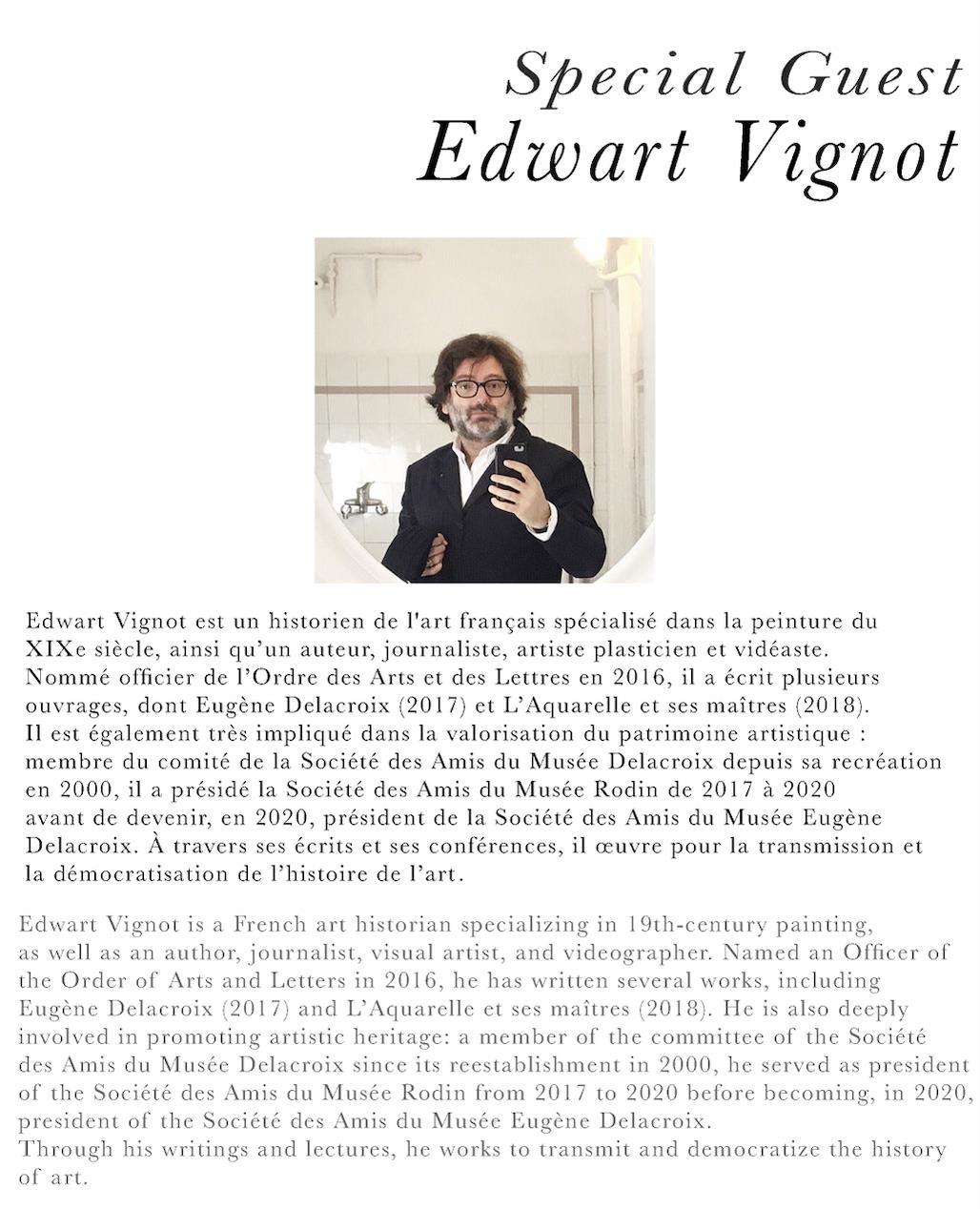

Paris, January 30th, 2025
50cm
Académique et acéphale, tu pourrais être un antique expurgé de la terre romaine et contemporaine d’un jeune Michel-Ange en quête de son Aphrodite, premier modèle de marbre nécessaire pour déconcerter quelques Médicis et entrer ainsi dans l’histoire des arts. Tu pourrais également être cette grande feuille de papier fragmentaire retrouvée dans un carton ancien et dont les contours poudrés d’un fusain d’un noir corbeau (ou corps beau en noir) évoquent et convoquent immédiatement le savoir-faire délicat d’un Pierre-Paul Prud'hon habitué à la chose. Intime aussi bien des deux sexes que du dessin ou de la peinture. Tu pourrais être toi, modèle vivant, vibrant et sensuel, habillé de lumière et mis à nu par notre regard autant si ce n’est plus que par le photographe. Tu pourrais être tout cela à la fois et même davantage, mais tu es surtout et avant tout, devant nous, le rêve photogénique d’un faiseur d’images dont la magie des filtres est toute aussi puissante que celle d’une Morgane ou d’un Merlin en leur temps. Dans cette aura — ce sfumato florentin — un mystère se fait jour et offre la beauté nue de ce corps anonyme que seul connaît son auteur et encore… La grâce en partage.
Academic and acephalous, you could be an ancient figure unearthed from Roman soil, contemporary to a young Michelangelo in search of his Aphrodite—his first necessary marble model, meant to unsettle a few Medici and thus carve a place in the history of art.
You could also be that large fragmentary sheet of paper, found in an old box, its powdered edges traced by charcoal black as a raven (or a beautiful body in black), instantly evoking and summoning the delicate mastery of a Pierre-Paul Prud’hon, well-versed in such matters. Intimate with both sexes as much as with drawing and painting.
You could be yourself a living, vibrant, and sensual model, dressed in light and laid bare by our gaze, perhaps even more so than by the photographer’s lens. You could be all of this at once, and even more. But above all, you stand before us as the photogenic dream of an image-maker, whose mastery of filters wields a power as potent as that of a Morgana or a Merlin in their time. Within this aura—this Florentine sfumato—a mystery emerges, offering the naked beauty of a nameless body known only to its creator, and even then… Grace, shared. EdwartVignot
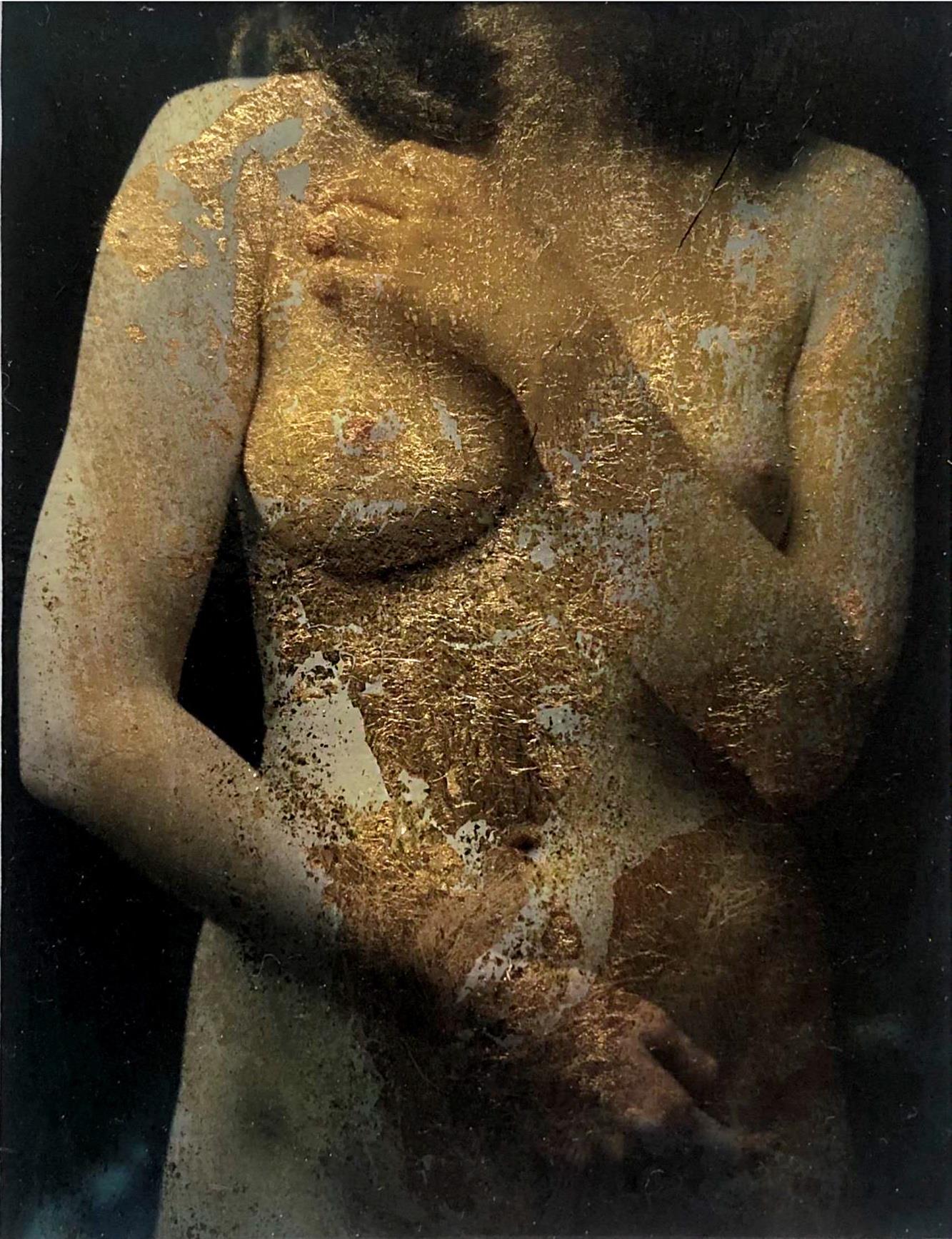
New York, September 8th, 2024

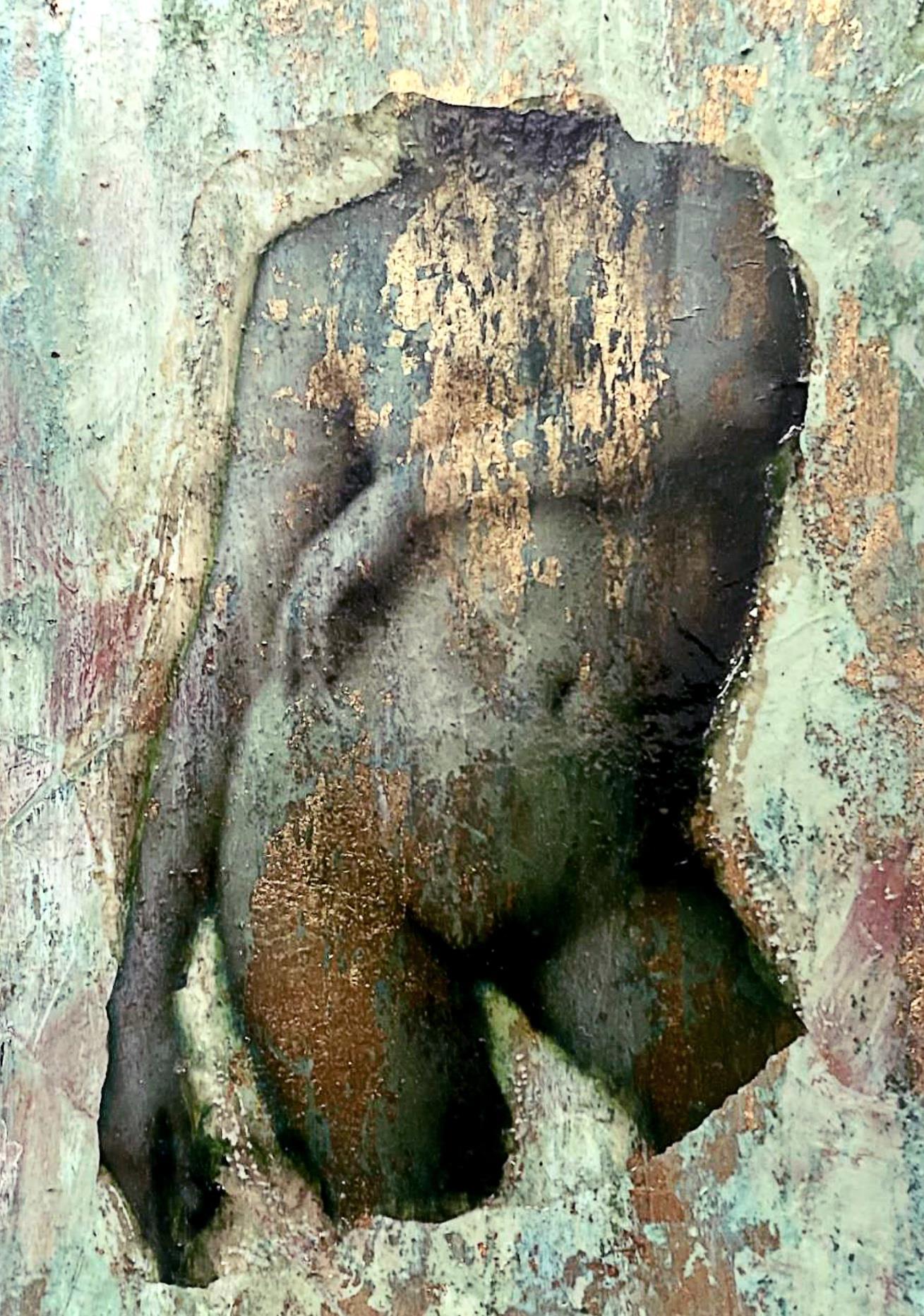
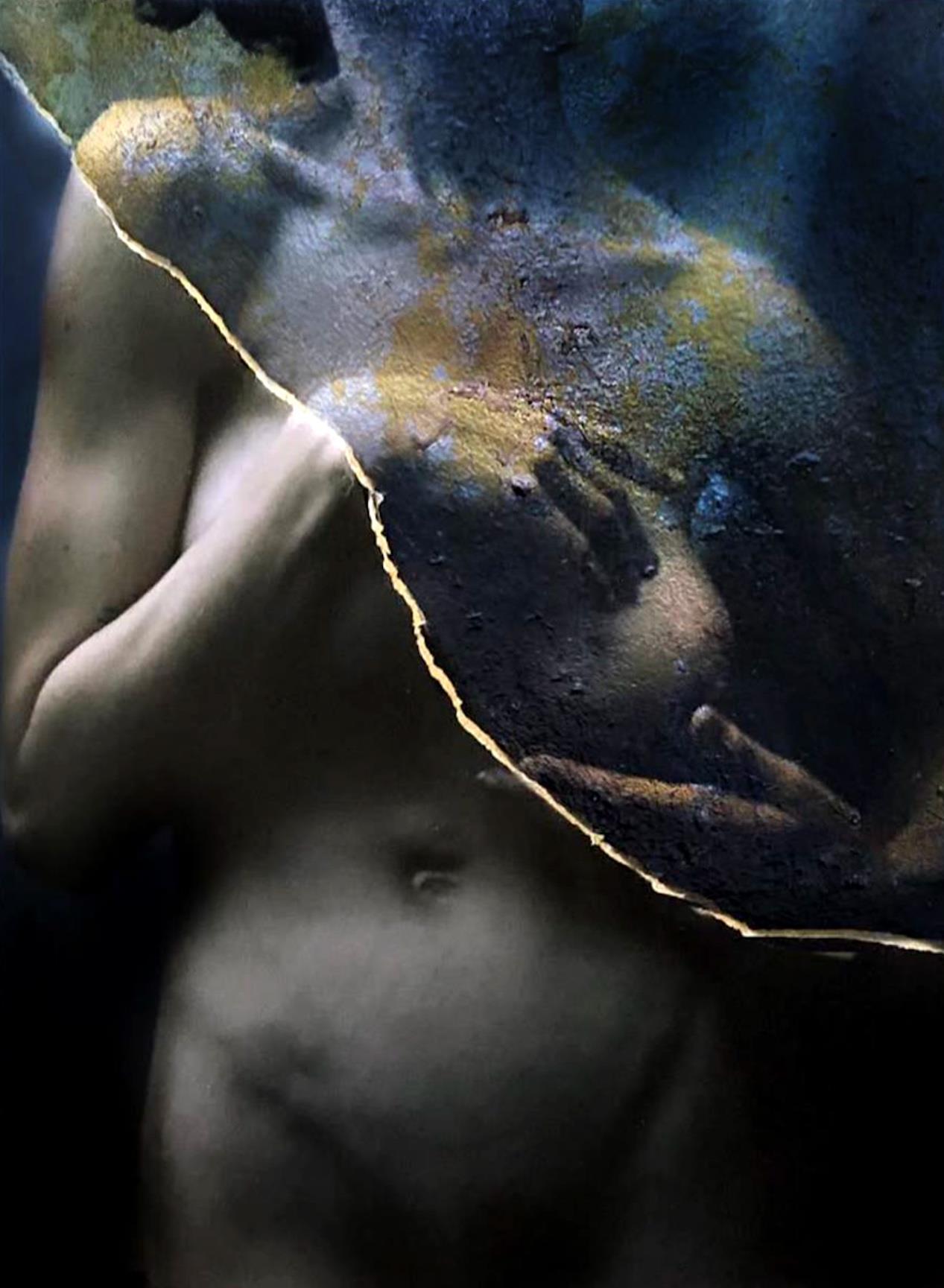
Tribute
Paris, October 4th, 2024
10cm x 7,5cm
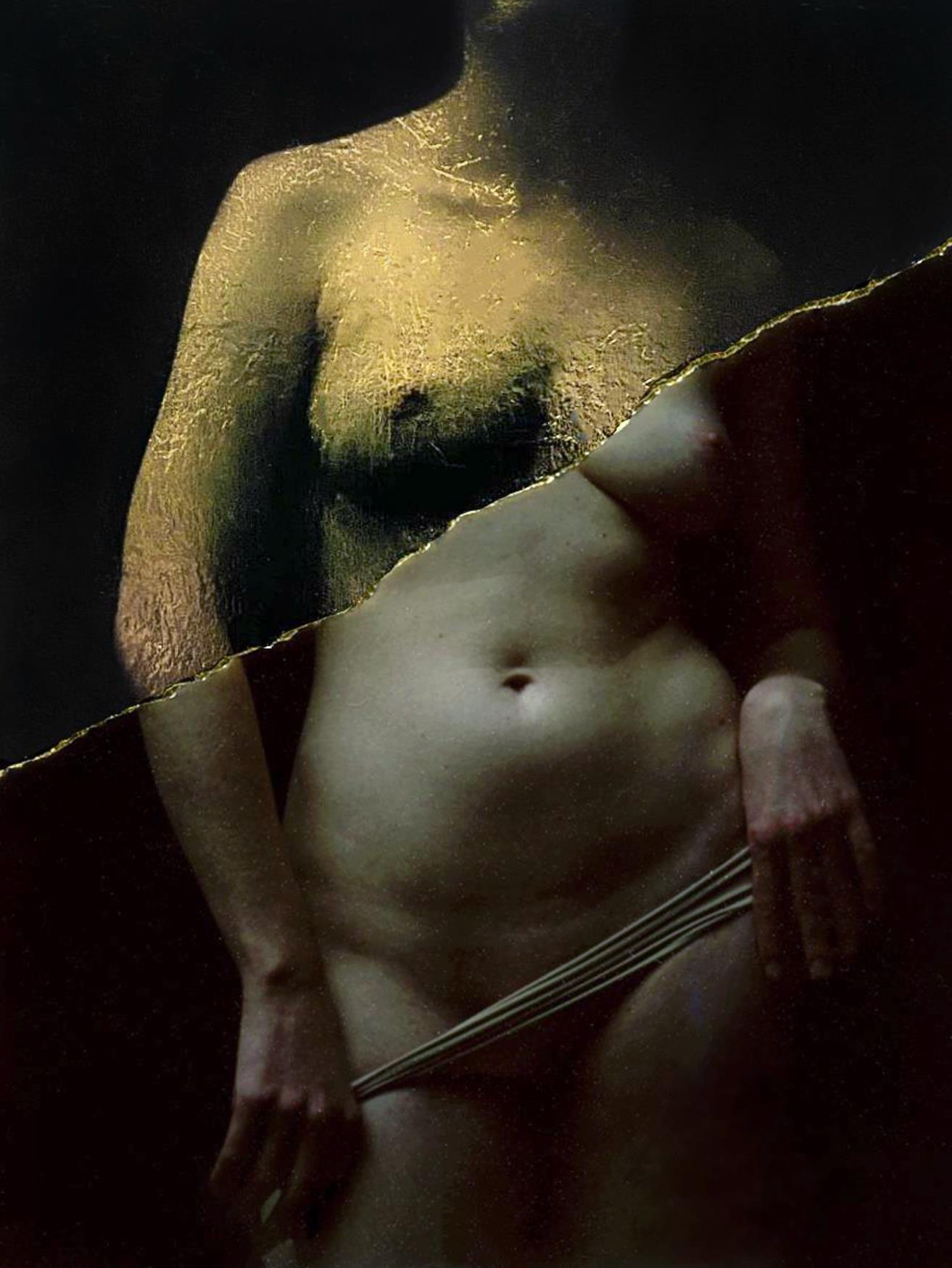
Paris, February 24th, 2025
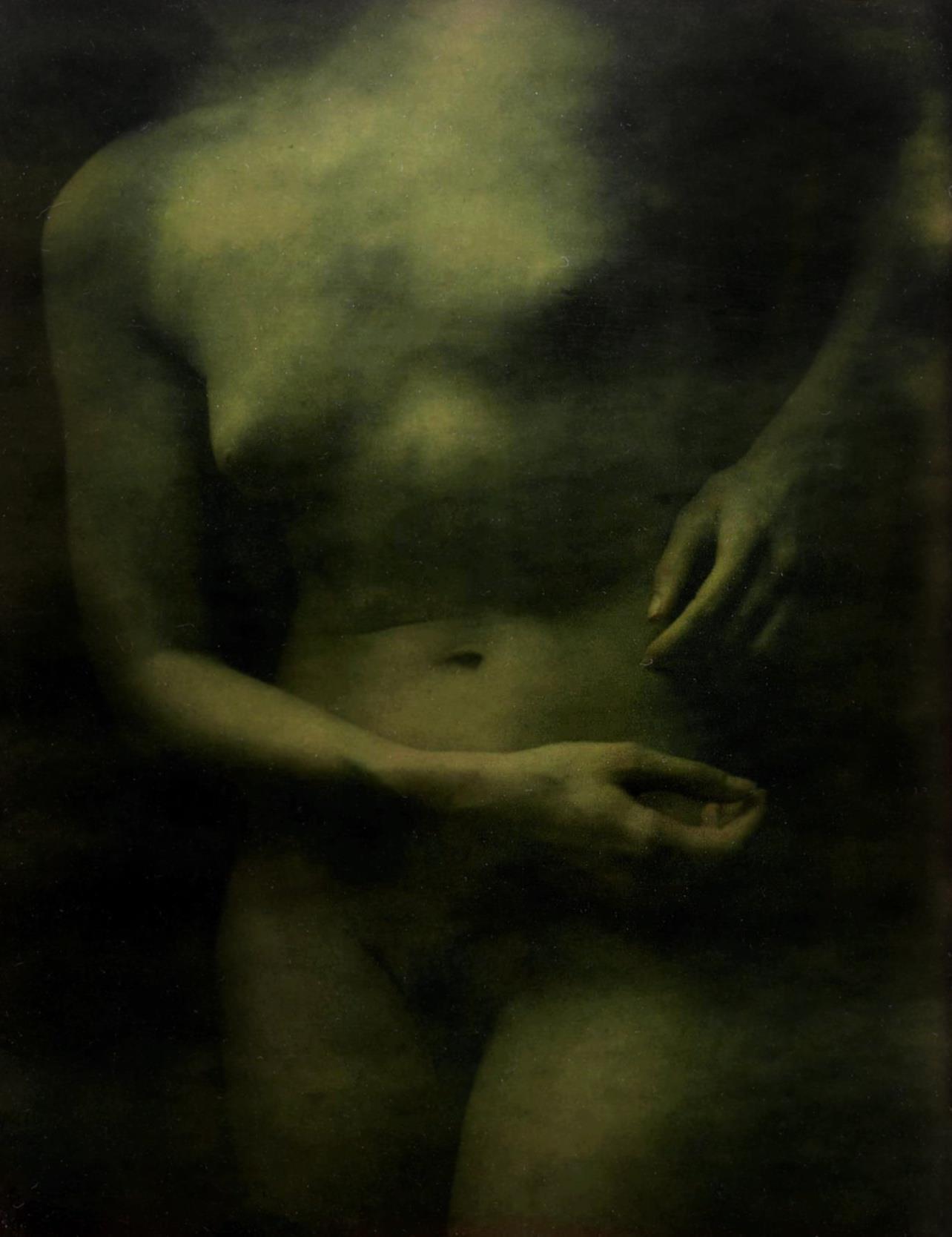
Paris, February 22nd, 2025
10cm x 7,5cm


Cette œuvre est un hommage à toutes les femmes. Un corps nu n’est pas un objet sexuel il est un réceptacle de vie, de force et de résilience. La main gauche incarne la douceur et la sensualité, tandis que la main droite symbolise la fertilité. La cicatrice en dessous est la marque du sacrifice l’acte profond de donner la vie.
Le corps des femmes est l’ultime symbole de la vie. Il ne devrait jamais être censuré, mais honoré. Cette œuvre fait partie d’une série intitulée MANIFESTO , une pierre angulaire de mon parcours artistique. Elle reflète ma vision, mon approche, ma quête. Tout mon travail est une ode aux femmes à leur puissance, leur beauté, leurs sacrifices silencieux. Donner la vie est une offrande sacrée, une transformation gravée dans leur chair.
Le visage du sujet reste invisible, renforçant l’anonymat et l’universalité, permettant au spectateur de voir ce corps non comme un individu, mais comme une représentation de la féminité, de la vie et du sacrifice. Le corps est une archive vivante de l’expérience et de la transformation.
Cette œuvre incarne mon approche artistique—chercher à dévoiler la poésie du temps, la beauté de l’imperfection et le caractère sacré du corps féminin au-delà du regard superficiel.
This piece is a tribute to all women. A naked body is not a sexual object it is a vessel of life, strength, and resilience. The left hand embodies gentleness and sensuality, while the right hand symbolizes fertility. The scar beneath is the mark of sacrifice the profound act of giving birth.
Women’s bodies are the ultimate symbol of life. They should never be censored but honored. This work is part of a series called MANIFESTO, a cornerstone of my artistic journey. It reflects my vision, my approach, my quest. My entire work is an ode to women their power, their beauty, their silent sacrifices. Giving birth is a sacred offering, a transformation etched into their very flesh.
The subject’s face is not visible, reinforcing anonymity and universality, allowing the viewer to see the body not as an individual, but as a representation of femininity, life, and sacrifice. The body is a living archive of experience and transformation.
This piece embodies my artistic approach seeking to unveil the poetry of time, the beauty of imperfection, and the sacredness of the female form beyond the superficial gaze.



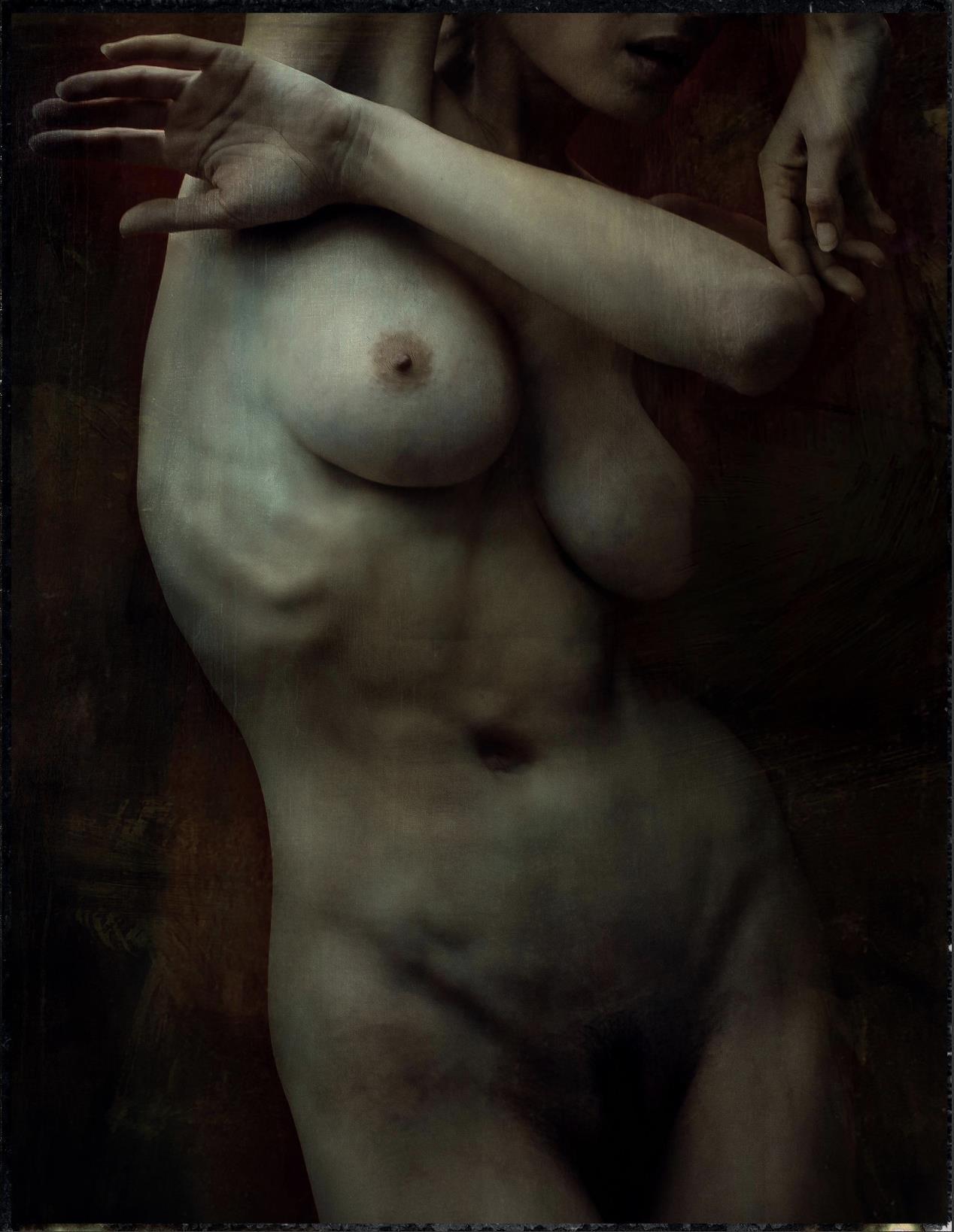
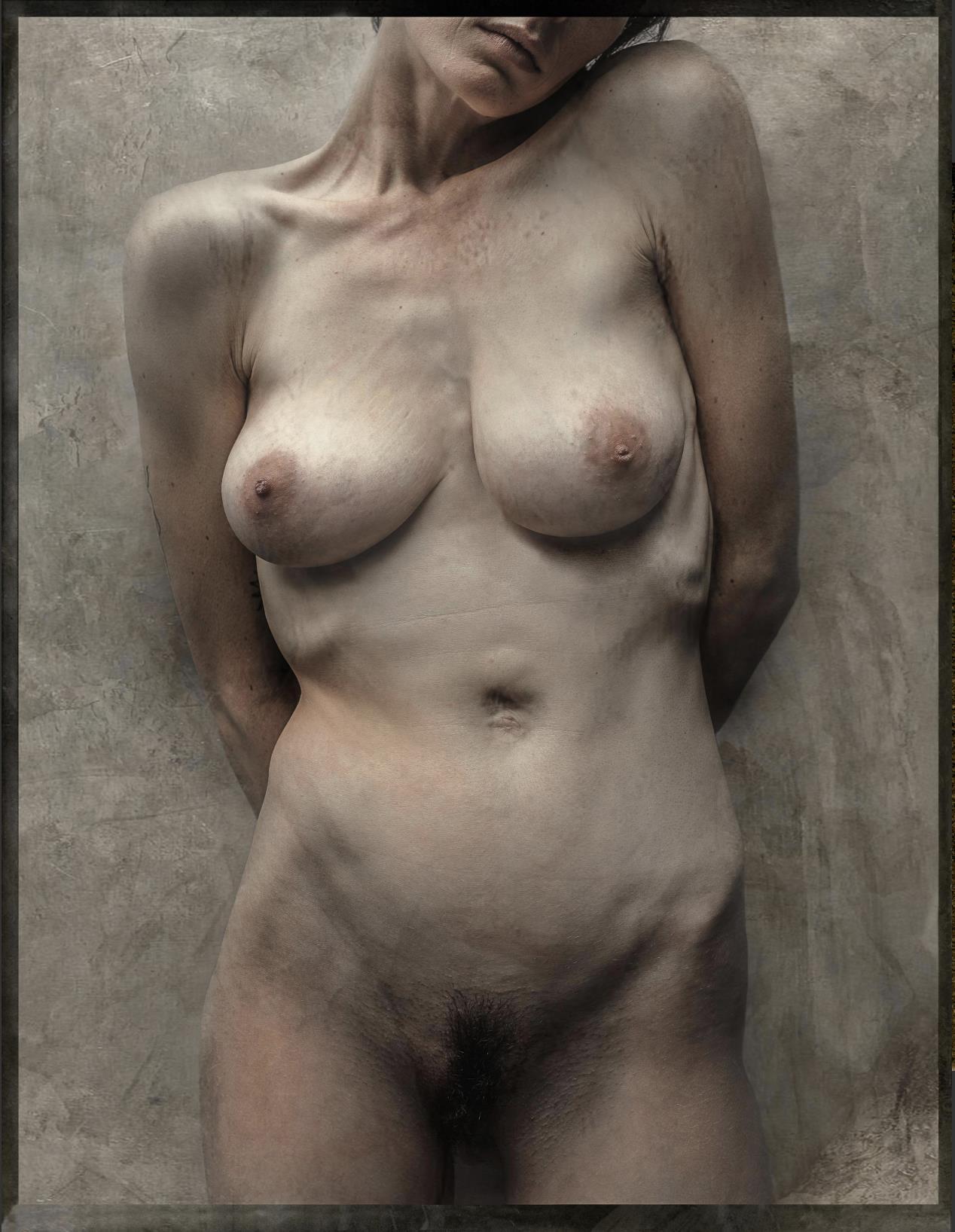
Paris, October 31st, 2024
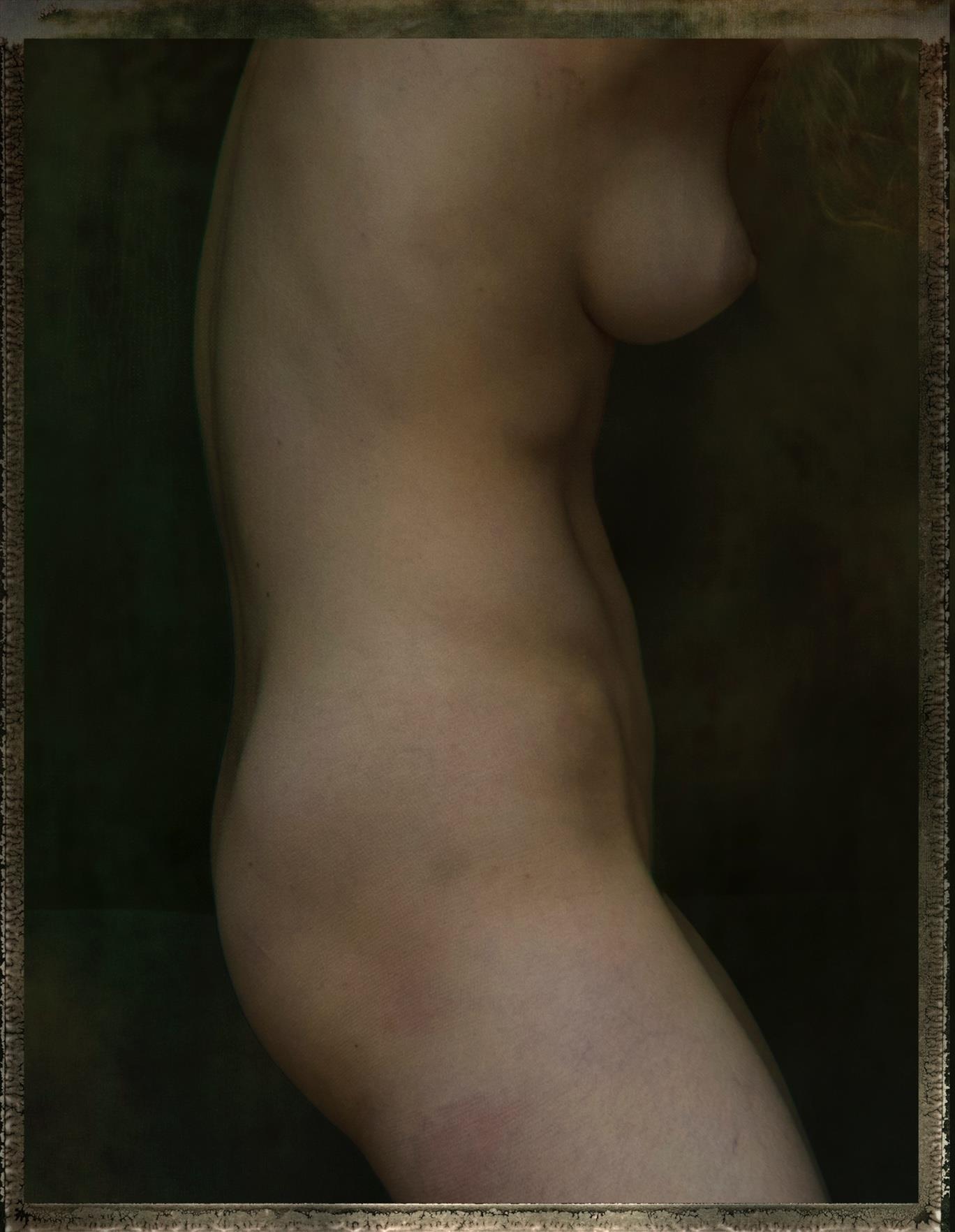
Paris, February 15th, 2022
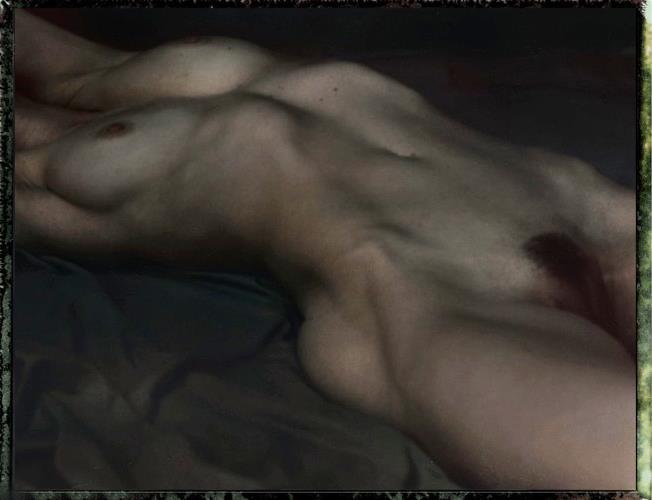
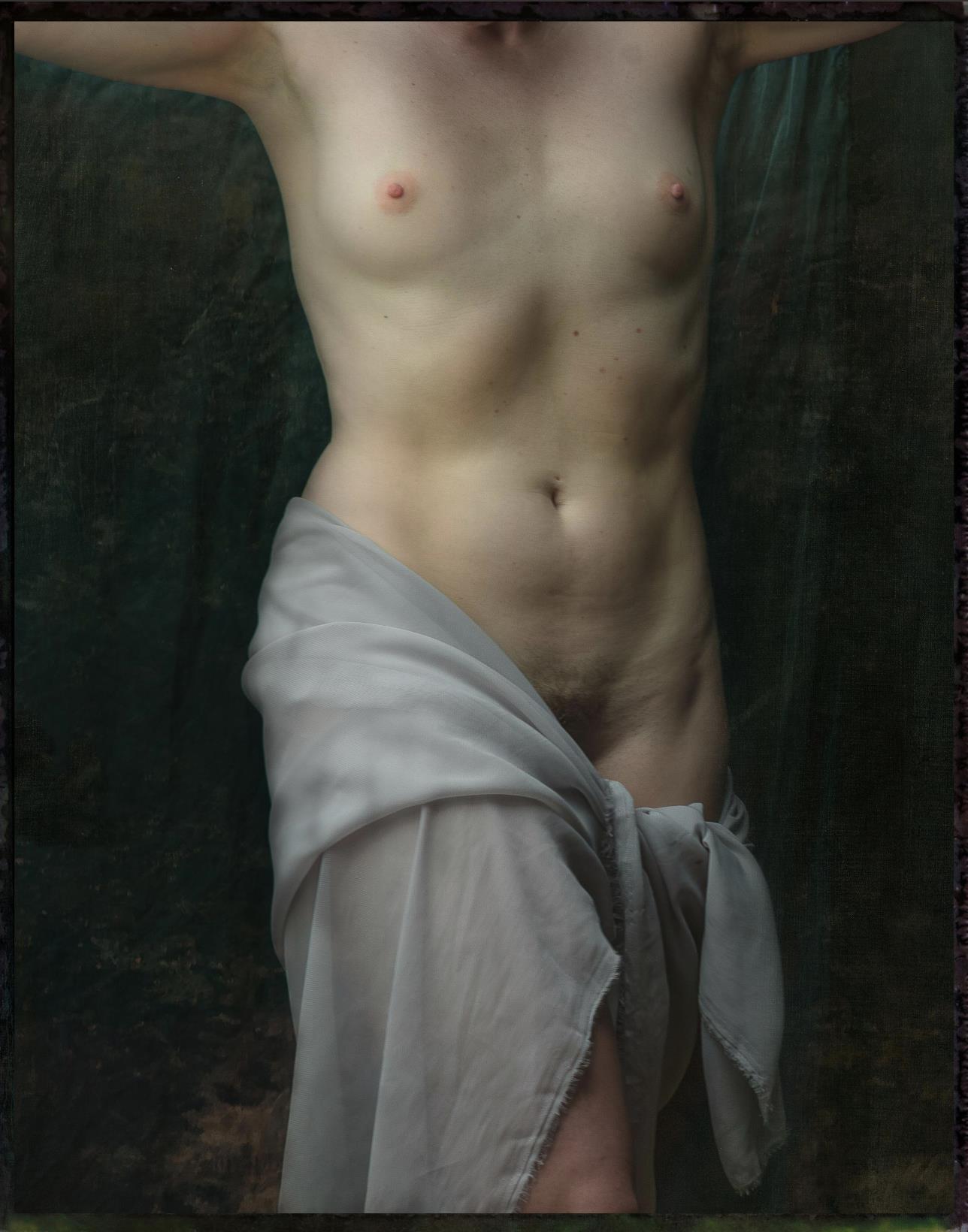
PersonalJesus
Paris, September 27th, 2024
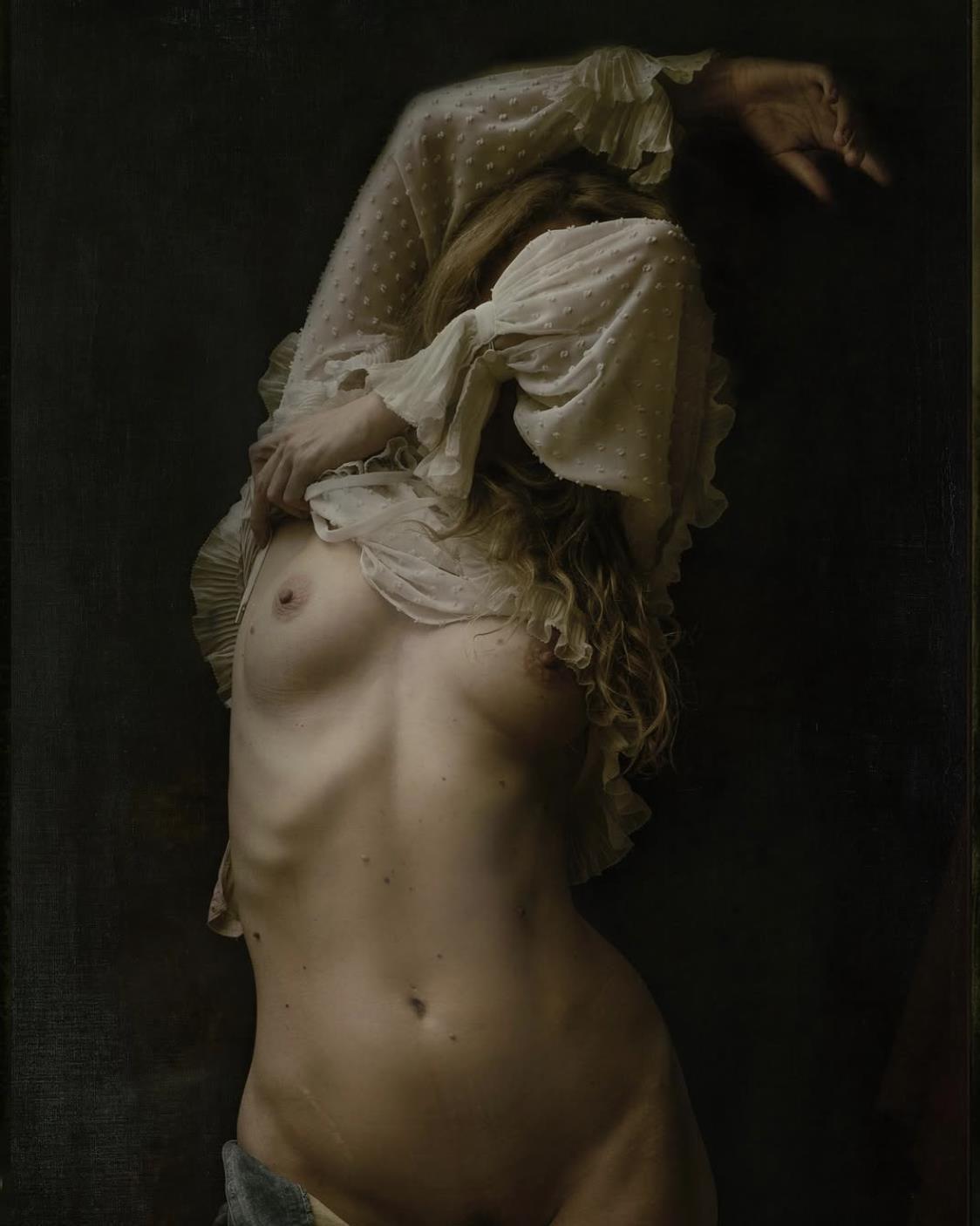
For the series First Step in the Atelier
Paris, 2022
50cm x 70cm

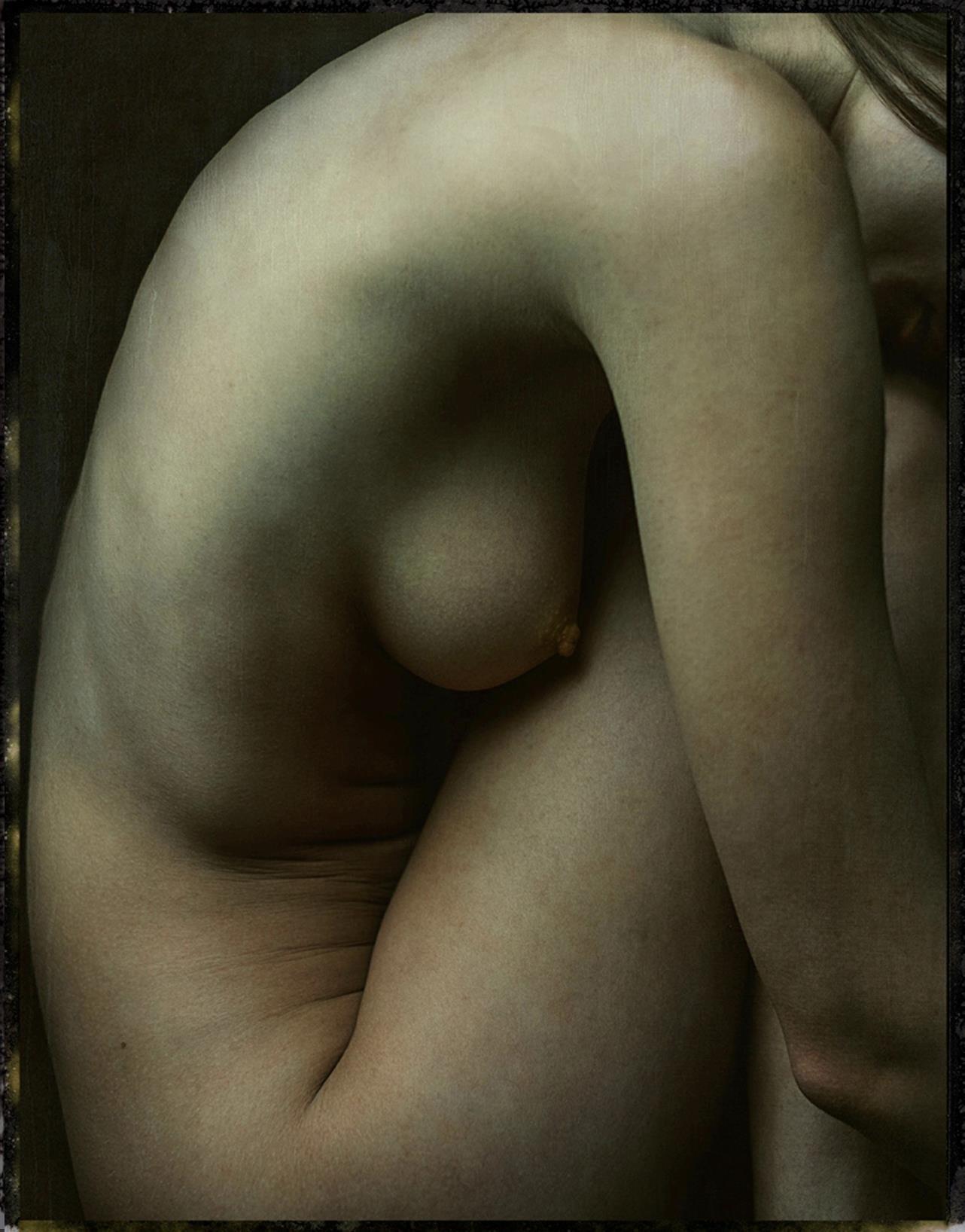
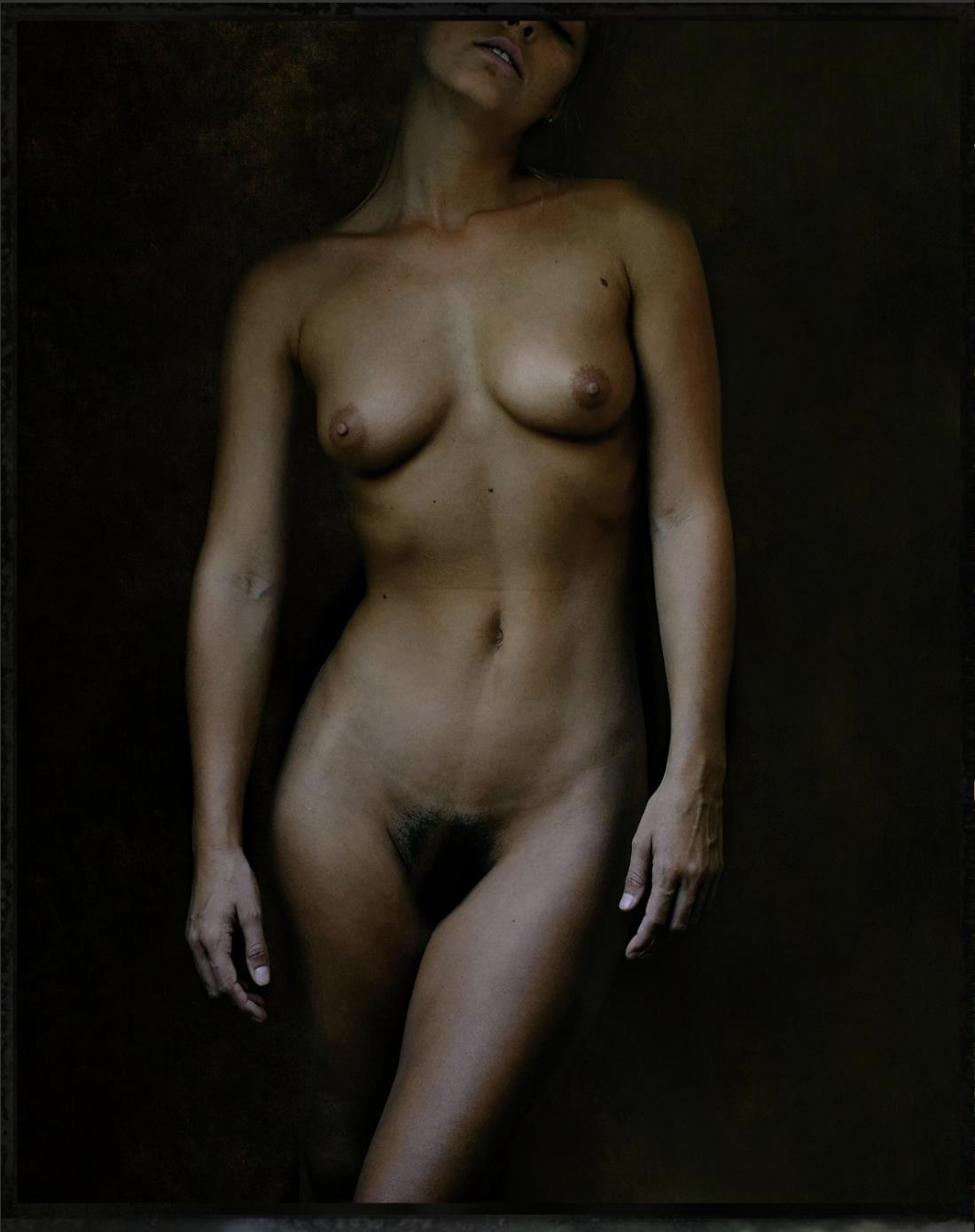
Aslightlyunbalancedmomentofreason
Paris, August 2019
x 60cm

Paris, January 30th, 2025


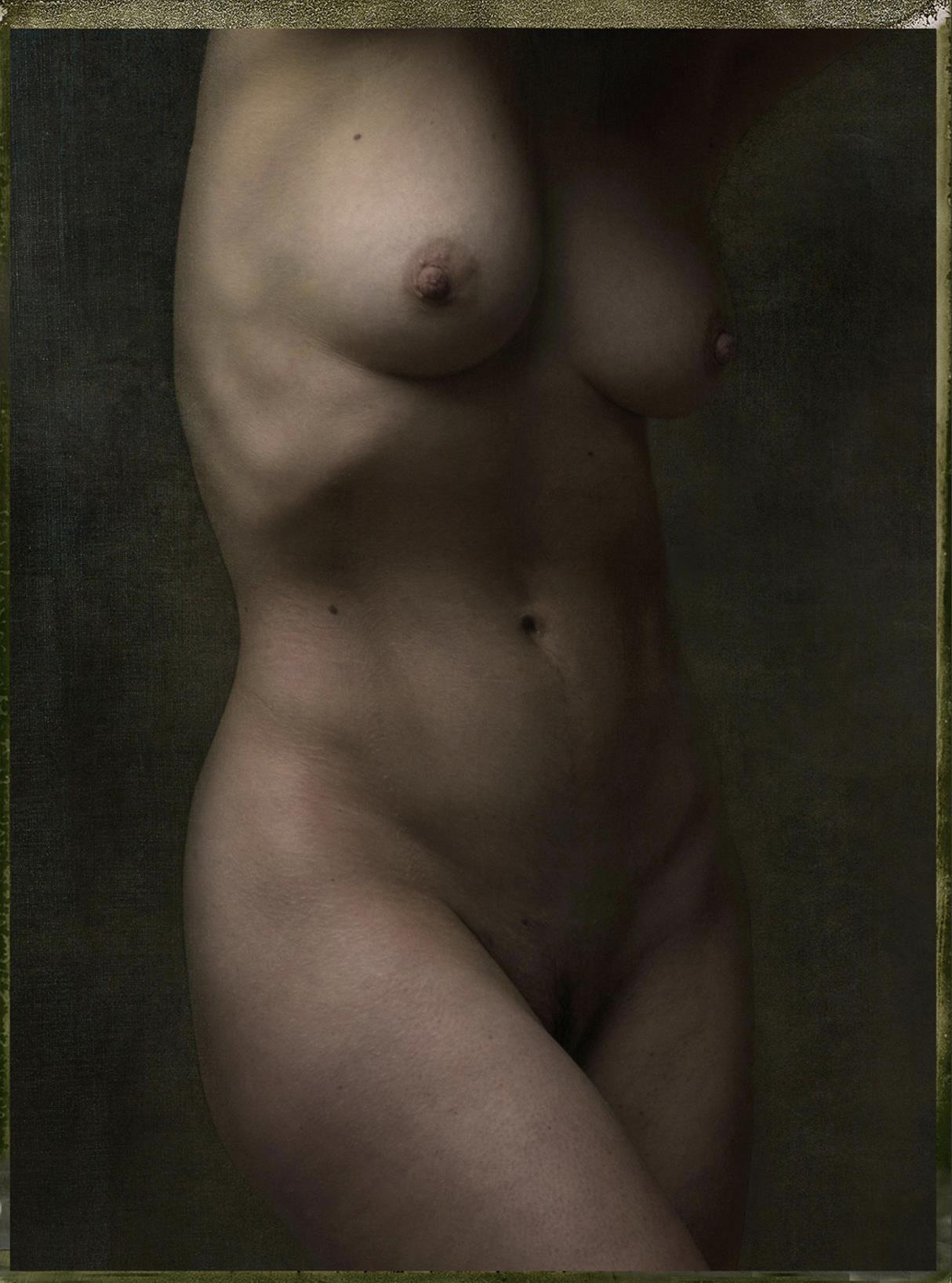
Paris, December 16th, 2022
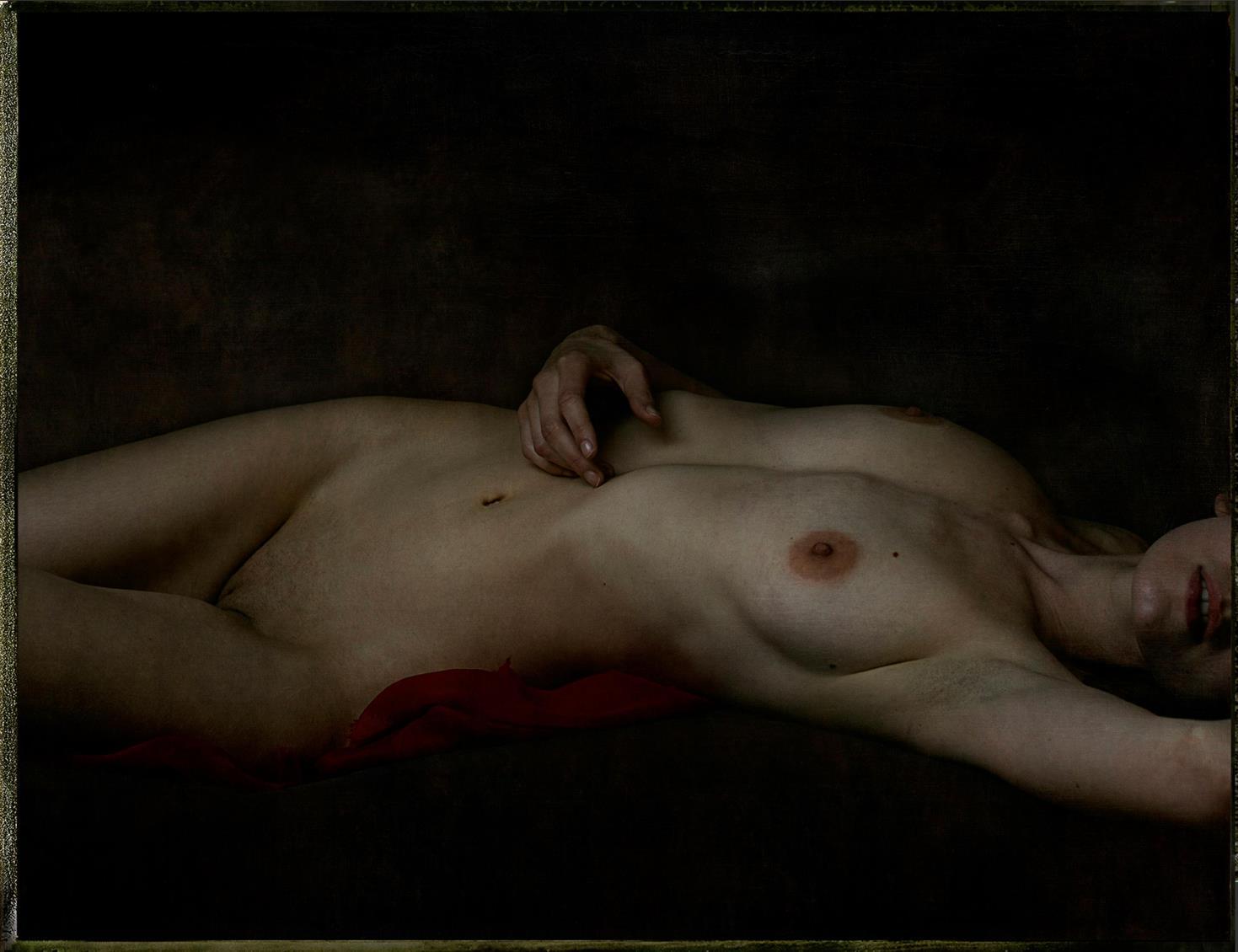

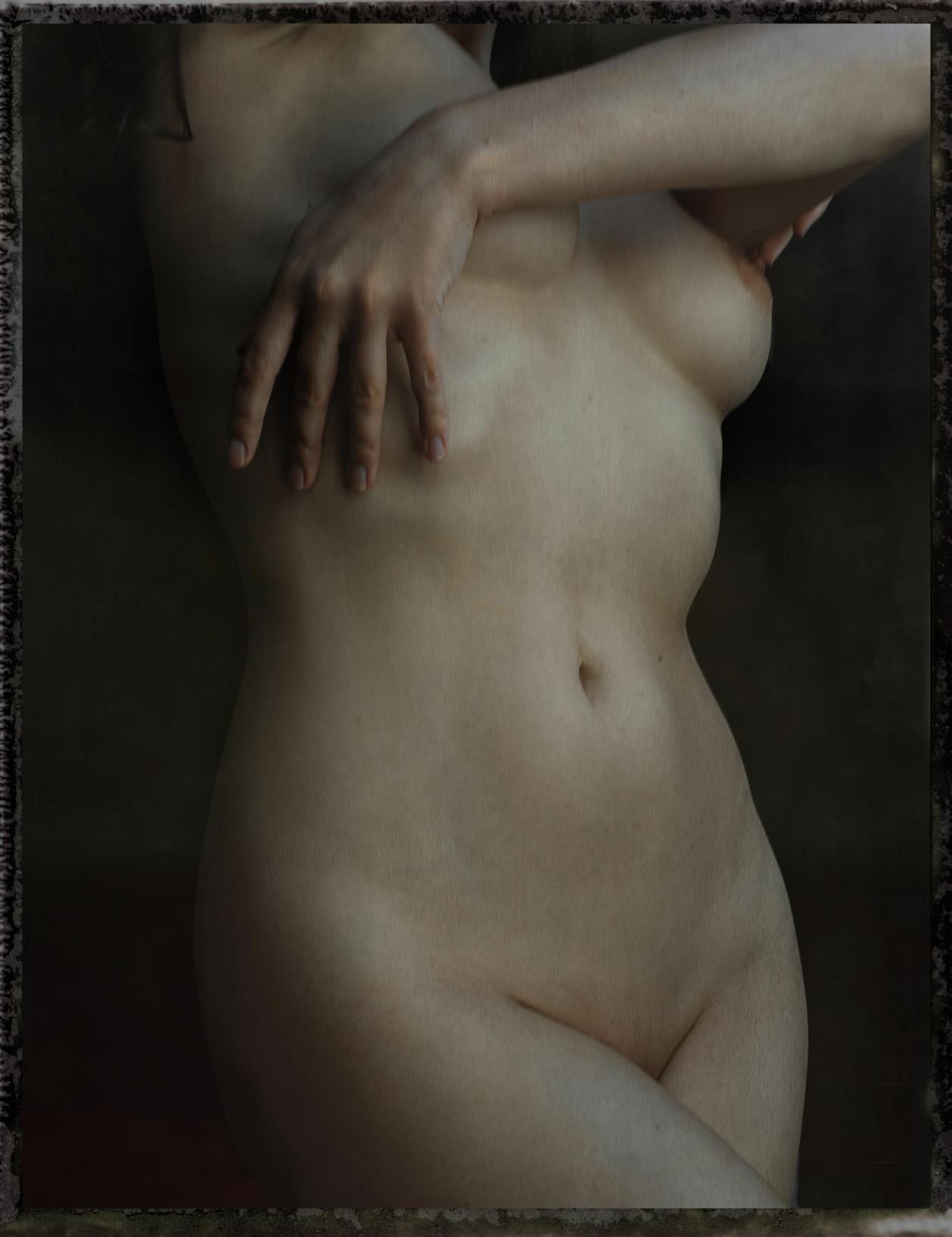
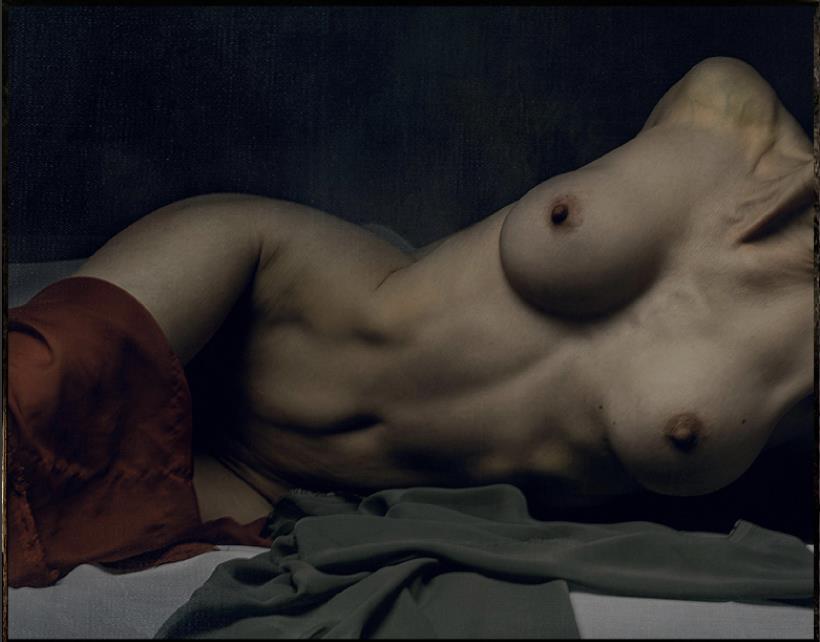

Untitled Study/Sorority series
Paris, November 2020
70cm x 90cm


Paris, February 17th, 2025


